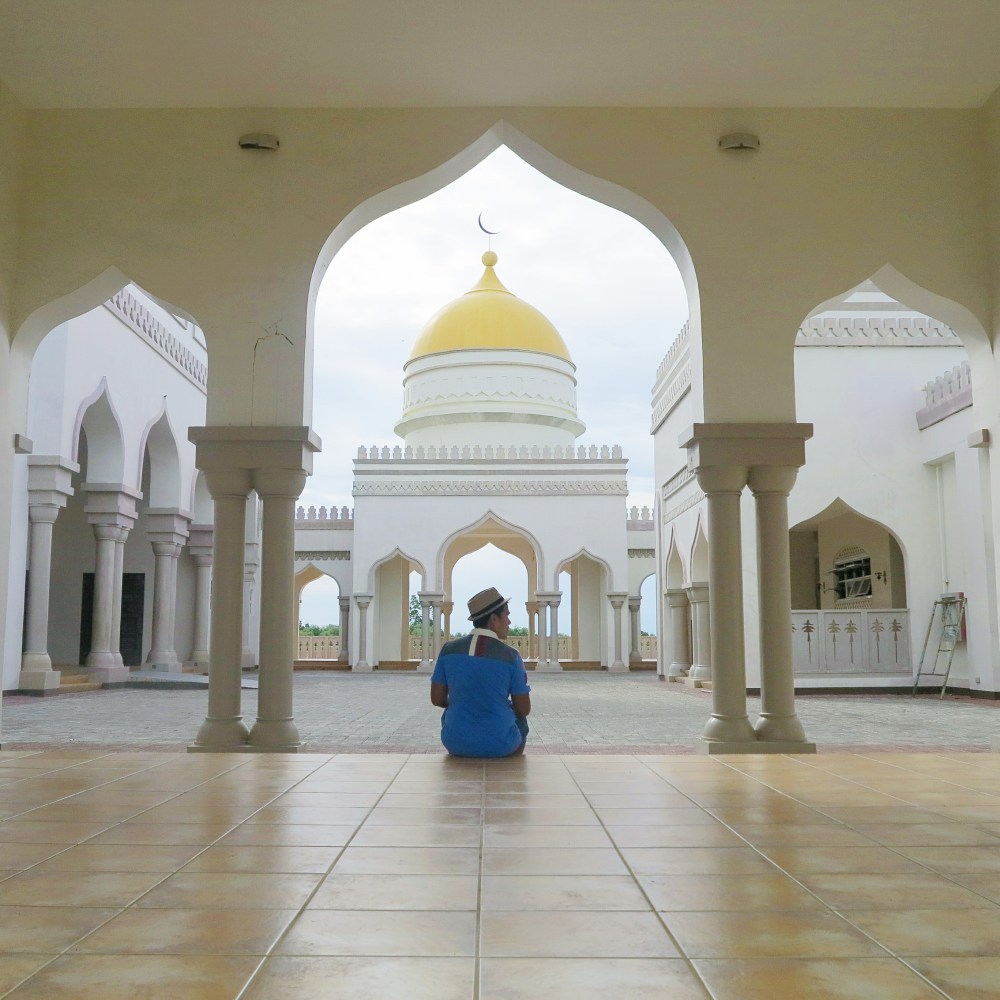 Going to Cotabato City marks my third time to set foot in Mindanao. I have been to Davao twice before, making Cotabato City the second place I have visited there. Needless to say, I was more than excited and exhilarated because this trip is again something new.
Going to Cotabato City marks my third time to set foot in Mindanao. I have been to Davao twice before, making Cotabato City the second place I have visited there. Needless to say, I was more than excited and exhilarated because this trip is again something new.
My trip to Cotabato City was actually a part of a 4-day adventure in Region 12 (often called Soccsksargen, which is a short cut for South Cotabato, Cotabato, Sultan Kudarat, Sarangani and General Santos City). I, together with Don, a good friend of mine, flew from Manila and entered in Cotabato City via Awang Airport and explored the city for a day, then headed to North Cotabato to experience Asik-asik, which is the most beautiful falls I’ve seen (so far), then visited Maguindanao to visit some of its popular attractions before culminating a wonderful Mindanao trip in the breathtakingly attractive Lake Sebu in the province of South Cotabato. In this post, I’ll be showing what we have explored in Cotabato City.
COTABATO CITY
Cotabato City, touted as the ancient capital of Mindanao, is located on the northwest portion of the province of Maguindanao. It is, however, neither a part of the said province nor the region it belongs to (the Autonomous Region of Muslim Mindanao or ARMM). Cotabato City is administratively a part of Region 12 or more popularly known as Soccsksargen and also functions as the provisional capital of the ARMM.
The name of Cotabato is derived from Maguindanaoan words kuta (that means fortress) and wato (that means stone), which collectively means City of Stone. I have mentioned a while ago that Cotabato City is the ancient capital of Mindanao and that’s for a good reason: it was the location where Shariff Kabunsuan, an Arab-Malay Islamic missionary, landed along the banks of Rio Grande and introduced Islam to Central Mindanao in the 16th century. (Trivia: Shariff Kabunsuan was also the name of the short-lived province within ARMM that existed from 2006 to 2008. It comprised of 11 municipalities, which are parts of the Maguindanao province. The creation of this province was nullified by the Supreme Court as it was deemed unconstitutional.)
Cotabato City has a total land area of 176 sq. km located at the mouth of Rio Grande de Mindanao and Pulangi River. It has 37 barangays. Majority of its inhabitants are Maguindanaons, ergo, its main language is Maguindanao. Other languages spoken are Cebuano, Ilonggo, Chavacan, Tagalog, Maranao, English and Arabic.
HOW TO GO THERE:
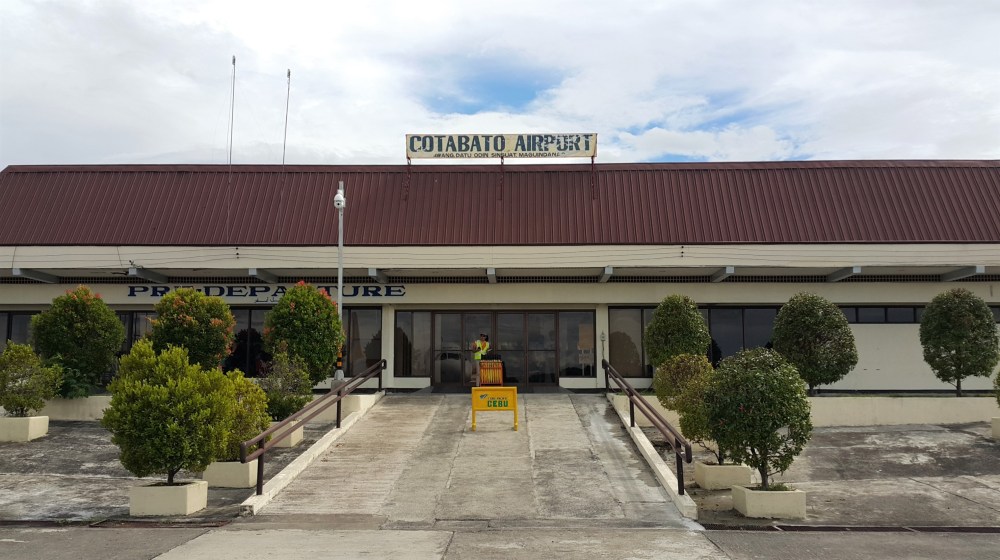
Via plane: Cebu Pacific and Philippine Airlines have flights from Manila to Awang Airport, which is located near the neighboring municipality of Datu Odin Sinsuat in Maguindanao.
Mode of transportation within the city: Habal-habal or jeepney
WHAT TO VISIT IN COTABATO CITY
SULTAN HAJI HASSANAL BOLKIAH MASJID
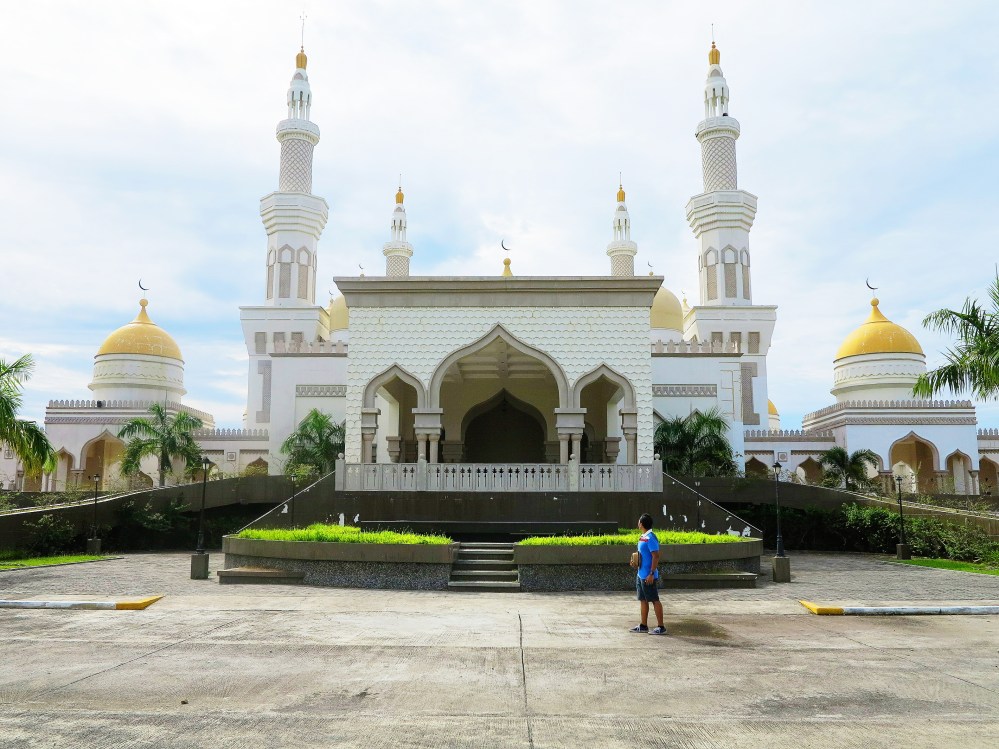
Also known as the Grand Mosque of Cotabato, Sultan Haji Hassanal Bolkiah Masjid is the largest mosque in the Philippines. It was completed in 2011 and is said to accommodate up to 15,000 people. The mosque is located in Barangay Kalanganan. It was funded by Sultan Hassanal Bolkiah of the country of Brunei Darussalam (hence, the name) with a reported cost of US$48 million.
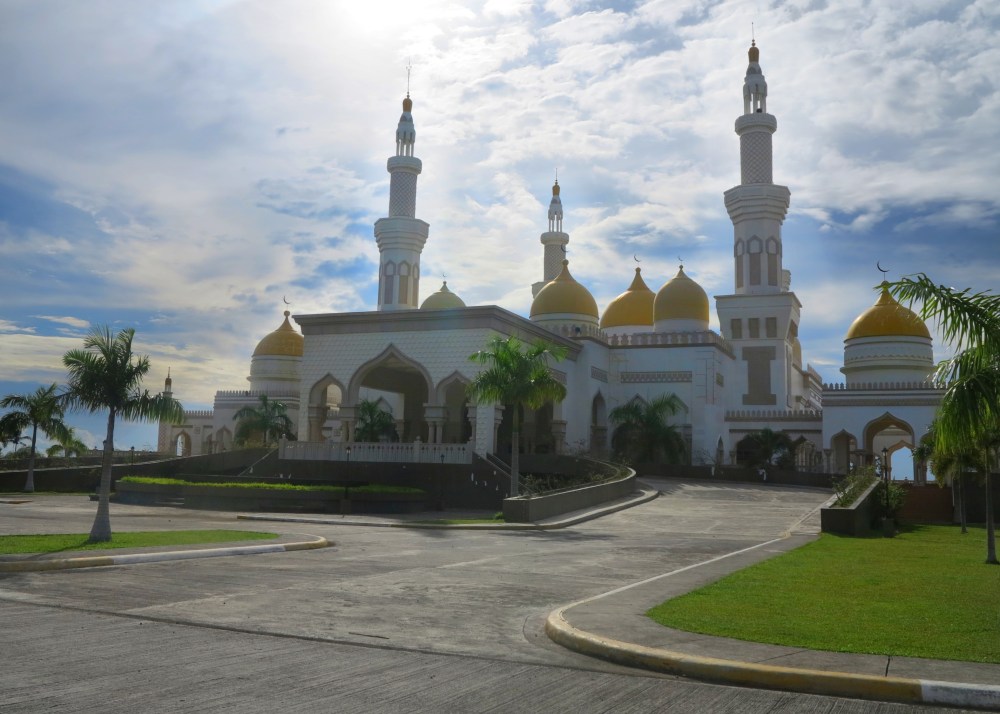
Beautifully designed with gold-colored domes topped with crescents, four 15-story high minarets (or towers) and numerous splendid arches, the Grand Mosque of Cotabato serves as the gathering place of prayer for our Muslim brethren in that part of Mindanao.
I have been to Brunei to witness its mosques and I must say there is a resemblance between the Grand Mosque of Cotabato and Sultan Omar Ali Saifuddin Mosque.

How to get here: Ride habal-habal. Ask the habal-habal driver to go to the Grand Mosque.It is situated at the far end of Tamontaka Bubong Road.
COTABATO CITY PEOPLE’S PALACE
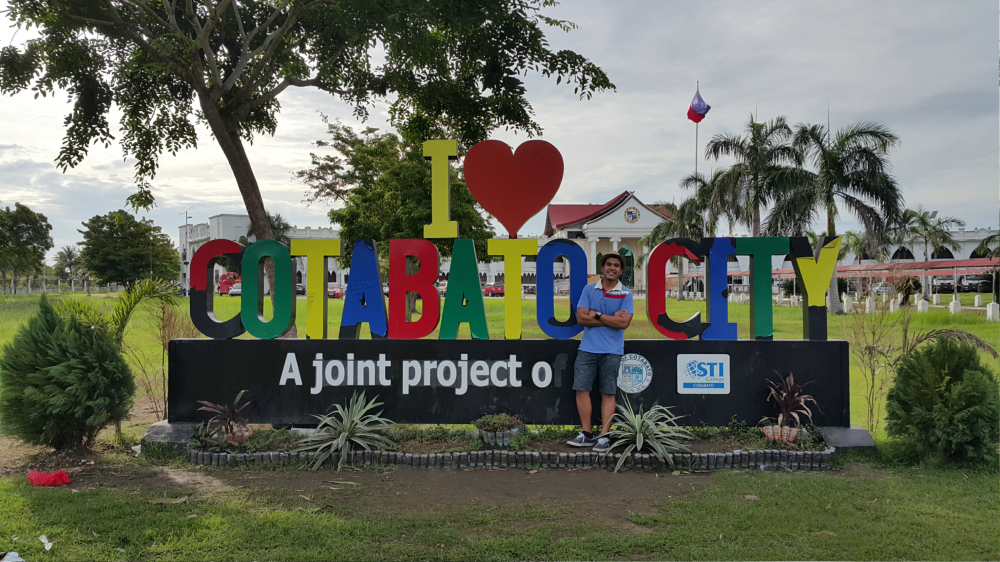
The People’s Palace serves as the seat of local government in Cotabato City. Ask the habal-habal driver to lead you to this place found along Sinsuat Avenue, one of the city’s main roads.
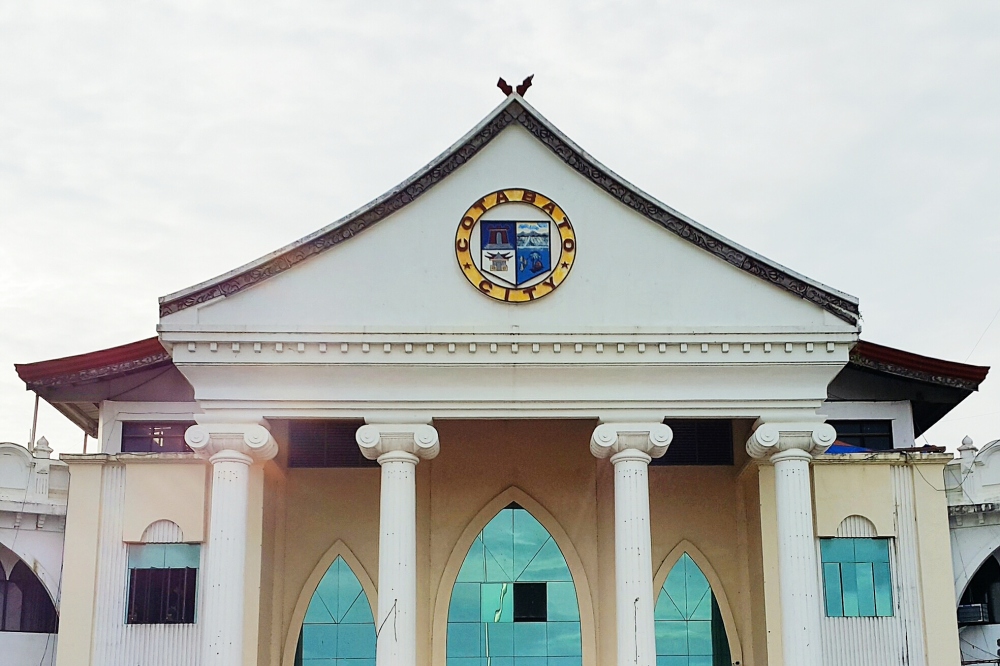
This majestic structure found on Barangay Rosary Heights combines ethno-modern architecture with Muslim-inspired roof symbolizing its royalty. A part of the structure was being fixed by the time I went there but it still was beautiful.
Other places to visit in Cotabato City:
We didn’t have much time to explore the city, but there are lots of other places recommended for everyone going there to visit. They are the Old Cotabato City Hall, which shows a vintage Malay-inspired architectural design structure; Timako Hill, said to be a place ideal for camping, diving, snorkeling, boating and fishing; Regional Autonomous Government Center, a structure blending both modern and Muslim architecture and housing many of ARMM’s regional offices; Tamontaka Church, the oldest church in the city (we actually went here but it was already closed); and Kutawato Caves, which is said to be the only cave locagted in the heart of the city.
A must-try in Cotabato City!

Pastil is one of the most popular (if not the most popular) dishes in Cotabato City. It is molded rice topped with “kagikit” or shredded meat of chicken wrapped with banana leaf (though it is not wrapped here in the picture because I already wanted it served on the plate, hehe). It’s basically rice and flavorful chicken viand in one. Another food to try here is chicken barbecue, especially the native one (the thinner/smaller chicken in the picture; it might be smaller but it’s definitely more tasty). Add up soy sauce, calamansi and chili, plus what they call here “white sauce” (a sweet combination of pineapple juice, water, and other ingredients) and what you’ll have is a satisfying and filling dinner! It is served in eateries around the marketplace of the city.
It was an exciting day of exploring Cotabato City. I hope you got to have an idea of what to do when you visit here in this city. Watch out for my other blog posts covering the other provinces of Mindanao. 🙂


